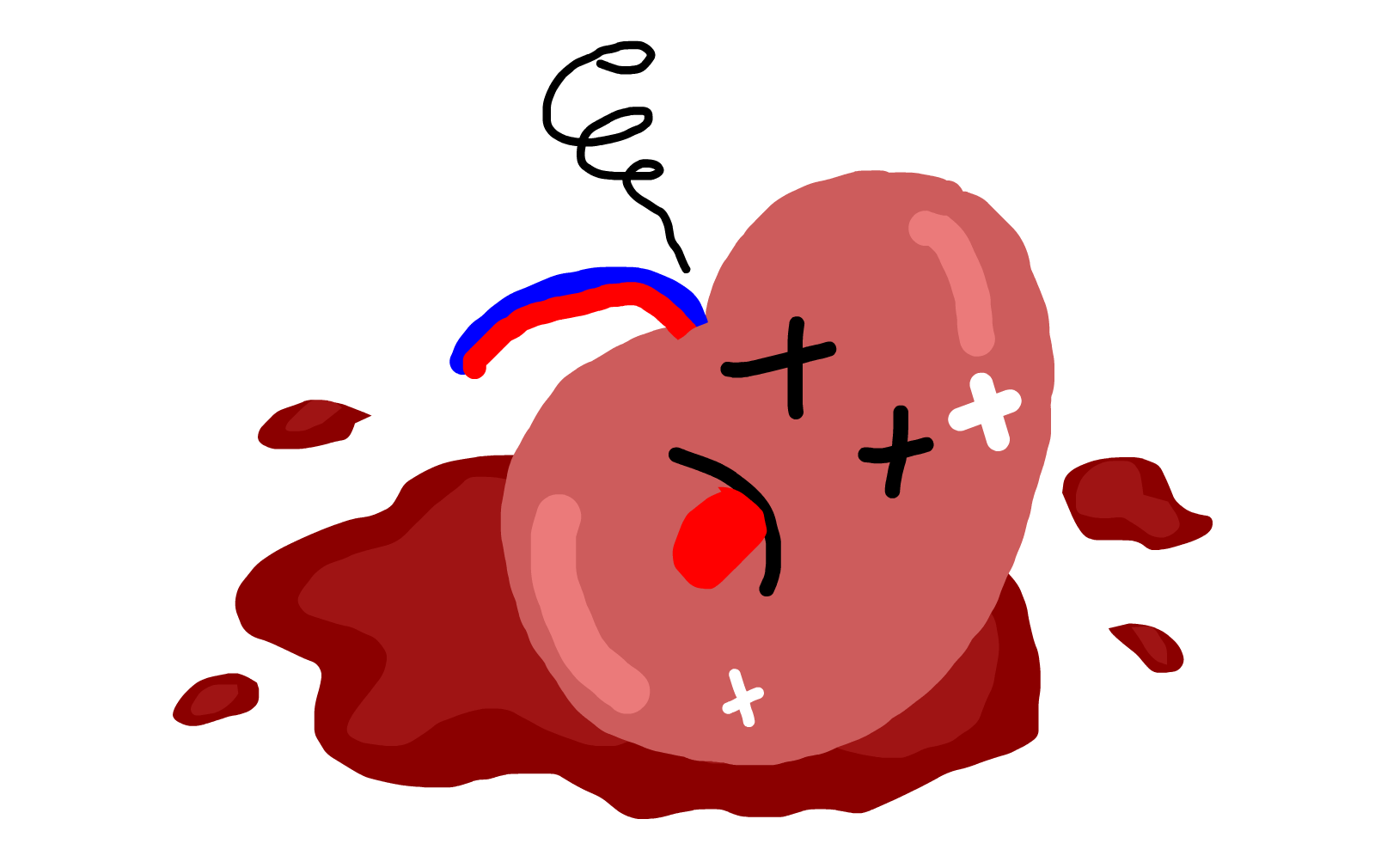Definition
- Cardiac arrhythmia occurs when electrical impulses in the heart do not work properly.
- Coronary artery disease
- High blood pressure
- Cardiomyopathy
- Heart valve disorders
- Electrolyte abnormalities

c
Investigationsd
Managemente
Extra- Cardiac arrhythmia occurs when electrical impulses in the heart do not work properly.
- Etiology
- Coronary artery disease
- High blood pressure
- Cardiomyopathy
- Heart valve disorders
- Electrolyte abnormalities
- Symptoms
-
- There may be no symptoms.
- Symptoms may be related to the arrhythmia – palpitations, fluttering in the chest.
- Symptoms may be due to the hemodynamic consequence: dyspnea, dizziness
- Investigations
- ECG
- Holter monitor
- Management
- Depends on the arrhythmia
- Treatment includes cardioversion, rate control (beta blocker, CCB), Adenosine, Amiodarone
- Types
- Supraventricular tachycardia
- Atrial fibrillation
- Atrial flutter
- Ventricular tachycardia
- Ventricular fibrillation
- Sinus Bradycardia
- Heart blocks
- Supraventricular tachycardia: is an aberrant reentry that bypasses the SA node. It’s narrow (atrial), fast (tachycardia), and will be distinguished from a sinus tachycardia by a resting heart rate of > 150 + the loss of p-waves. It responds to adenosine.
- Ventricular tachycardia: is a wide complex and regular tachycardia. Look for the “tombstones.” Since it’s ventricular there are no p waves at all – just the QRS complexes. It responds to amiodarone.
- Atrial Fibrillation: can be identified by a narrow complex tachycardia with a chaotic background, absent p-waves, and an irregularly irregular R-R interval. It has a special treatment algorithm. In the acute setting (ACLS in a nutshell) simply decide between shock and rate control. Rate control is just as good as rhythm control (cardioversion). But, you have to weigh risks and benefits in each patient. If the goal is rhythm control (cardioversion) it’s necessary to determine how long the Afib’s been present. Simply cardioverting an Afib that’s lasted > 48 hrs runs the risk of throwing an embolism (and a stroke). If < 48hours cardioversion is ok. But if it’s been present > 48 hours the patient needs to go on warfarin for four weeks. At the end of four weeks, the TEE is done. If no clot is found, cardioversion is done and the patient remains on warfarin for another 4 weeks. If you decide to do rate control (beta blockers and calcium channel blockers) anticoagulation may still be needed. Decide this using the CHADS2 score. The higher the score the higher the risk of embolism and the more likely the patient is to benefit from warfarin (2+ CHADS2). Now, the Xa- or Thrombin-inhibitors can be used instead (1+ CHADS2). Examples include Apixaban or Dabigatran.
- Sinus Bradycardia: is simply a slow normal sinus rhythm. The blocks are a worsening of that normal bradycardia. Almost . everything responds to Atropine until it gets really bad – then only pacing will do.
- 1st degree block: is characterized by a regularly prolonged PR interval. There’s no change in the interval between beats, but each is prolonged. There are no dropped beats.
- 2nd degree block Type 1: is a normal rhythm with a constantly prolonging PR interval with each beat, until a QRS complex is finally dropped. The signal comes from the atria so there is a narrow QRS complex.
- 2nd degree block Type 2: I has a normal PR interval but simply drops QRSs randomly. The signal comes from the atria so the QRS complexes are narrow. This is the most severe a rhythm can be before atropine no longer works.
- 3rd degree block: There’s total AV node dissociation. The Ps march out (regular interval between P waves) and the QRSs march out (regular interval between QRS complexes). At times, the P waves may seem lost or dropped; the QRS complex occurs at the same time and obscures the p wave. Because the impulse comes from the ventricles it’s a wide QRS complex. In general, avoid atropine (just pace). This is controversial.

